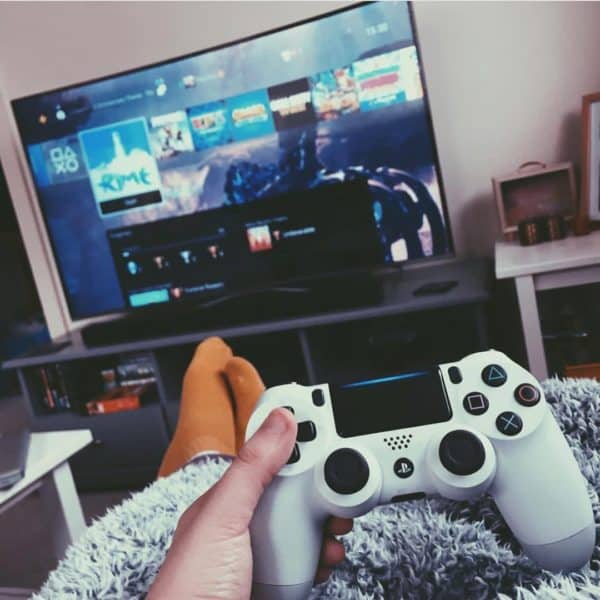The last few years we have seen consoles gain graphical fidelity rivalling that of a fully-fledged gaming PC. This has been partly due to cheaper manufacturing costs and developments in GPU efficiency. The catalyst for such a leap in credibility for console gamers though, was the advancement of flat panel televisions.

A sleek and bright new 80-inch TV would seem like science fiction to a player of the Super Nintendo. A 50-inch TV seems enormous to CRT boxes of old but is now seen as an entry level size. These flat panel TV’s are larger, lighter and feature rich. As more models came to market, competition grew and drove prices down, you can find a 50-inch TVs extremely cheap at places like Harvey Norman.
Now manufactures are starting to see the market for TV’s that can not only perform regular duties flawlessly, but pack features designed to coerce the best experience possible from your console. Whether you have an iteration of Sony’s adored PlayStation, or one of Microsoft’s upstart Xboxes, the only real way to play is on a good TV
Latency? More like wait and see
Today, buying a TV for the sole purpose of console gaming is not a crazy idea. Modern consoles are beasts that regularly pump out highly detailed scenes without dipping below 30 fps. To keep up with the monstrous pace set by your console, your TV will need to get faster.
Regardless of how much power your console has under the hood, there will still be a delay between your consoles output and your TV’s input. This delay or latency can cause a disconnect between the action on screen and the buttons being pushed on the controller. This input latency is the bane of console gaming and was a big problem in older TV’s. Luckily it can be avoided, look for a TV with a low input latency.
Smooth and refreshing
Much ado is made about a TV’s refresh rate. We are told the higher the refresh rate the smoother the action will unfold on your TV. Whilst this is true to an extent, depending what console you play on it might not be that important for everyday gaming.
The refresh rate of your panel is measured in hertz. It is essentially the frequency in which your panel can ‘refresh’ or clear itself. A high refresh rate can make movies and TV shoes look smoother. Whilst you would be forgiven for thinking this would carry over into the world of console you are gaming, it’s a little bit more complicated.
Your console will need to support a higher refresh rate than the default max of 60. At the time of writing, an Xbox One is capable of outputting at 120hz, whilst the PlayStation 4 is not. Many say Sony’s next offering to the console world will see this feature implemented. So then, if you your TV will mostly see gaming use and you own a ps4, you might want to save your money for other features.
Side quests
The size and layout of your room will dictate the ideal size of your next TV. For a 50-inch TV like these from Harvey Norman, it is recommended you sit at least 100 inches away. This number is reduced when purchasing a 4k Tv as the panel has higher pixel density. 4k TVs will offer a clearer picture and as stated, can be better for those who want a bigger TV in a smaller space.
When on the hunt for a TV for gaming look past the spin to what is important. Low latency inputs are a must for anyone wanting to be competitive in the online arena. As support for high refresh rates is patchy, refresh rates are less important than response times, but a higher refresh rate can make media more enjoyable. Other factors like brightness and colour reproduction are tricky to ascertain without being face to face with TV so get out there and find a TV that will have your PC gamer friends green with envy.
 Gearfuse Technology, Science, Culture & More
Gearfuse Technology, Science, Culture & More


